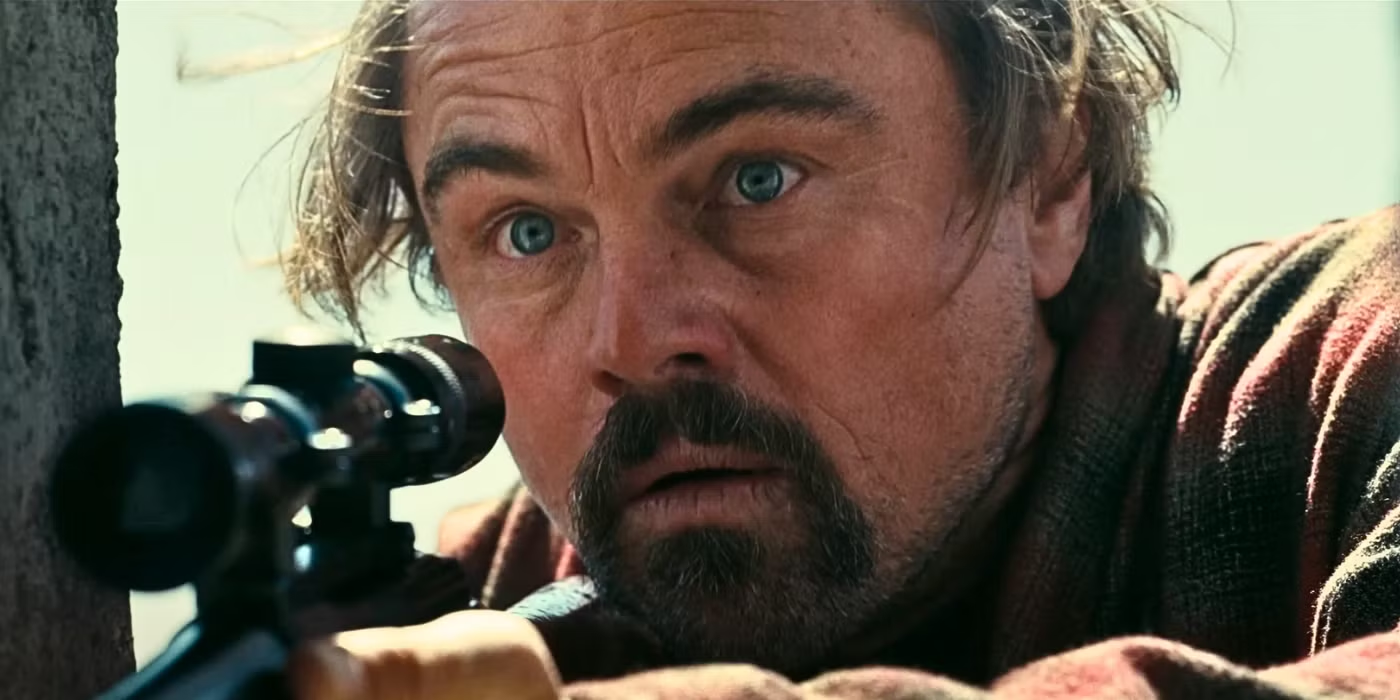Leonardo DiCaprio’s latest project, One Battle After Another film, has ignited discussions not just for its intense action sequences, but also for its unique performance across different U.S. regions. The radical action pic premiered nationwide last weekend, showing a remarkable divide in box office numbers between traditionally liberal (blue) and conservative (red) counties. Fans, critics, and analysts alike are dissecting how cultural and political contexts can influence a film’s reception.
This film continues DiCaprio’s legacy of taking on ambitious projects, balancing edge-of-your-seat action with socially conscious storytelling. The scale of production, from high-octane sequences to meticulous period details, has set it apart as one of the most ambitious action films of the year.

A Bold Storytelling Approach
One Battle After Another film isn’t just about explosions and stunts. The screenplay integrates layers of political and social commentary, which might explain the split reception across different counties. In blue regions, audiences praised the film’s daring narrative and cinematic craft, while in red regions, reactions were more mixed, reflecting differing cultural interpretations.
Creating such a story requires careful planning. A detailed script breakdown ensures that every scene aligns with the intended tone, pacing, and thematic relevance. By mapping out sequences in advance, filmmakers can maintain consistency in both narrative and visual storytelling.
Production Scale and Logistics
Shooting a film of this magnitude demands sophisticated pre production software to coordinate multiple units, elaborate stunts, and period-accurate sets. Scenes were shot across diverse locations, from dense urban environments to sprawling landscapes, which required complex film scheduling and logistical planning.
Studiovity AI could significantly enhance this process. With AI-assisted tools, production teams can streamline scheduling, manage multiple shooting units, and track scene progress in real-time. This reduces errors, saves time, and ensures smoother coordination across all departments.
Cinematic Execution: Shots and Coordination
High-octane sequences are the backbone of this action film. Directors relied on carefully designed shot lists to capture every explosion, car chase, and fight scene precisely as envisioned. Coordinating the cast and crew for these stunts demanded meticulous timing and collaboration, with safety and cinematic quality both top priorities.
Using AI tools like Studiovity can optimize shot planning, identify potential bottlenecks, and ensure that every camera angle, lighting setup, and action beat is accounted for. This means directors can focus more on creative storytelling rather than logistical challenges.

Audience Reception Across Counties
The film’s release highlighted how regional preferences can impact box office numbers. Urban, progressive audiences appreciated the narrative risks and character depth, while more conservative areas responded to the high-intensity action, albeit with a more cautious reception regarding the political undertones.
Film production calendars and AI-assisted project tracking can help producers anticipate such patterns. By analyzing historical data on regional preferences, marketing teams can tailor campaigns, plan screenings strategically, and maximize audience engagement.
Conclusion
One Battle After Another film demonstrates that modern action cinema is about more than spectacle. It combines daring storytelling, technical precision, and socially relevant themes to create a memorable viewing experience.
With tools like Studiovity AI, productions of this scale can achieve unprecedented efficiency and creativity. From script breakdowns to coordinating complex action sequences, AI ensures that filmmakers can focus on storytelling, delivering a film that resonates across audiences while maintaining production excellence.
STUDIOVITY AI – empowering filmmakers to manage complex projects and bring cinematic visions to life.